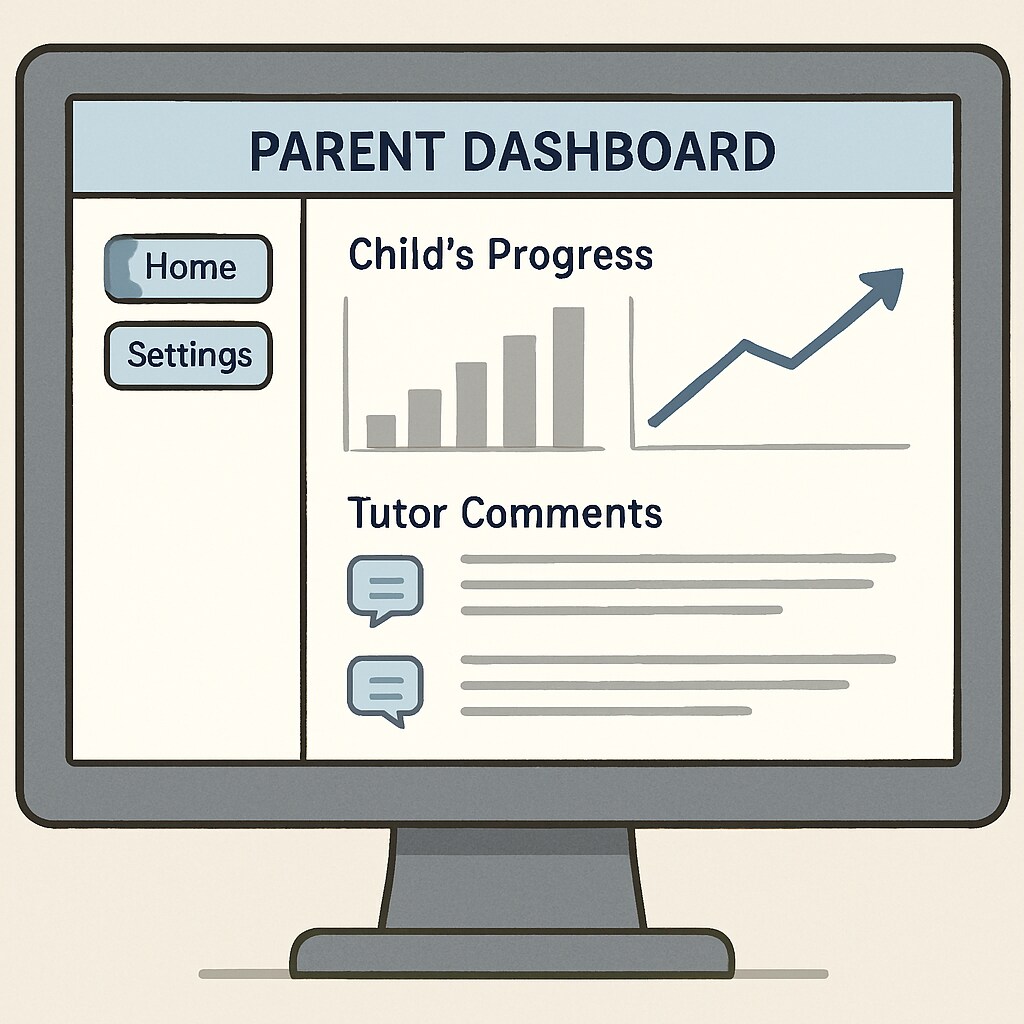When evaluating online tutoring and offline tutoring options, parents consistently demonstrate higher trust in traditional face-to-face instructors for their children’s K-12 education. This preference persists despite significant technological advancements in virtual learning platforms. According to a Pew Research Center study, 68% of parents believe offline tutoring delivers more measurable academic results than digital alternatives.
The Tangibility Factor in Educational Trust
Physical presence creates an irreplaceable layer of accountability in parent-tutor relationships. Three key elements drive this phenomenon:
- Body language interpretation: Parents can directly observe teaching methods and student engagement
- Environmental control: Familiar home or learning center settings provide comfort
- Immediate intervention: Tutors can physically redirect attention during distractions

Barriers to Digital Confidence Building
Virtual learning platforms face unique challenges in establishing equivalent trust levels. The Edutopia Foundation identifies these primary concerns:
- Technology glitches disrupting learning flow
- Difficulty assessing teaching quality through screens
- Limited personal connection development
- Cybersecurity and privacy concerns
However, strategic improvements can bridge this confidence gap. Platforms implementing verified tutor profiles with video introductions see 40% higher parental approval rates according to education technology research.
Trust-Building Strategies for Virtual Platforms
Online education providers can adopt these evidence-based approaches:
- Transparent performance tracking with real-time progress reports
- Recorded session access for parental review
- Standardized tutor certification processes
- Hybrid options combining digital and in-person elements

As education evolves, the trust gap between digital and traditional tutoring will likely narrow. Platforms that address parental concerns through transparency and quality assurance stand to gain significant market share in the competitive K-12 education sector.


